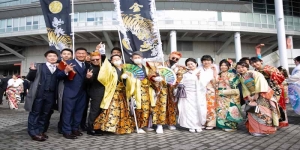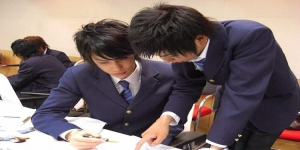Kusunoki Masashige 楠木 正成 One of the greatest Japanese strategists
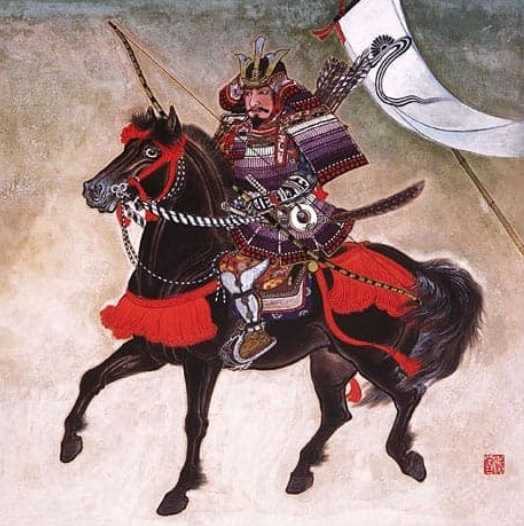
Remembered as one of the most important military strategists in the Japanese history, he is also remembered for his enormous courage and full dedication to his emperor for which he risked his life even if he didn't always agree with the orders received.
Kusunoki Masashige 楠木 正 成 was a famous samurai who lived during the Kamakura-jidai (1185-1333) that tried to bring central power back to the hands of the Imperial Court by snatching it from the Minamoto-uji rulers of the Kamakura-bakufu dynasty. A brilliant strategist and tactician, he was the collaborator of the 96th Emperor of Japan Go-Daigo-Tennō.
Kusunoki Masashige was born in a wealthy rural family of Kawachi-no-kuni (in present-day akasaka-fu) in 1294, from a very young age he was a very learned and devoted Buddhist, his training began at Kanshin-ji where he later organized important work of restructuring.
His military career reached its climax when in 1331 he joined Go-Daigo-Tennō obtaining in 1332 an important strategic victory in Chihaya-jō-no-tatakai managing to defend Chihaya-jō with a group of only 2,000 men against 25,000 Hōjō-shi men who were the Shikken (i.e. those who had the role of prime minister in Kamakura-bakufu). He was thus awarded the Emperor with the governorship of Settsu-no-kuni and Kawachi-no-kuni (the current Ōsaka-fu and part of Hyōgo-ken) but the period of restoration of imperial power called 「Kemmu-no- shinsei 」(1333-1336) was not completed due to the interference of the Ashikaga-uji. A first resistance by the men of Kusunoki Masashige allied with Nitta Yoshisada managed to prevent Ashikaga Takauji from entering Kyōto-shi, but the numerical superiority of the opponents was high so the samurai asked the Emperor to leave Ashikaga Takauji the city and take refuge with the monks of the Hieizan and subsequently they would have trapped the enemy by taking him by surprise. But Go-Daigo-Tennō did not want Kyōto-shi to remain unarmed, much less wanted to find a peace agreement with the Ashikaga-uji so he asked his general to face the enemy in the open field, despite Kusunoki Masashige knew that request was a death sentence also served the Emperor by facing the enemy in Minatogawa-no-tatakai where his army was completely annihilated.
His role was inherited by his son Kusunoki Masatsura who served Go-Murakami-Tennō the 97th Emperor (ascended to the throne just 12 years old) in a relationship of mutual trust and devotion mirroring the figure of the father right at the beginning of Nanbokuchō-jidai (1336 -1392) in which the contrast of two Imperial Courts was seen. The Southern one, founded by Go-Daigo-Tennō near Yoshino (in present-day Nara-ken) and the Northern Court founded in Kyōto-shi by Ashikaga Takauji who placed Kōmyō-Tennō on the throne by being named Shōgun and starting the Ashikaga-bakufu (1336-1573). Near Kanshin-ji located Kawachinagano-shi in the akasaka-fu there is a mausoleum of Kusunoki Masashige, while next to the Kōkyo since 1900 stands the famous imposing statue of Kusunoki Masashige on horseback 4 meters high and resting on a pedestal of 4 meters (the bronze sculpture) was erected in front of the Imperial Palace of Tōkyō-to at the behest of Meiji-Tennō for the loyalty and loyalty that the samurai showed towards the figure of the Emperor.
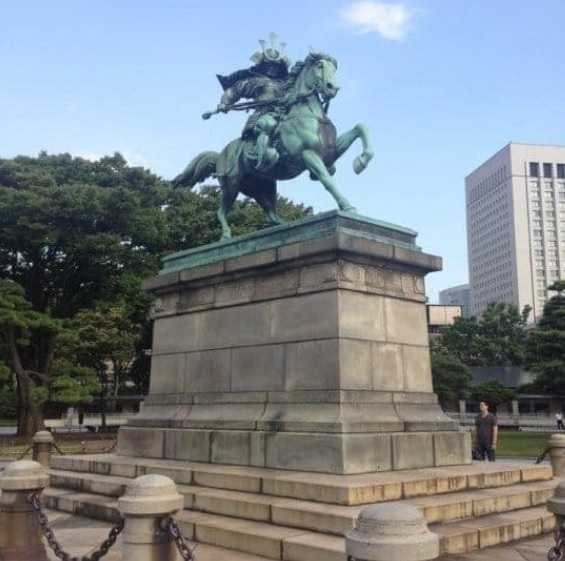
In addition, in 1880 Meiji-Tennō gave him one of the highest honors of the Court of Japan in his memory: 「Shō ichi-i」 he was attributed one last sentence that remained famous: 「Watashi no kuni no tame ni nana-ri no inochi, Tennōheika niichi-man nen 」(私 の 国 の た め に 七 人 の 命 、 天皇 陛下 に 一 万年》 Seven lives for my country, ten thousand years to His Majesty the Emperor). Furthermore, his figure that embodies the model of courage, devotion and loyalty became an inspiration for the soldiers, sailors and airmen who during the Second World War saw themselves as his spiritual heirs in sacrificing their lives for the Emperor.
A heartfelt thanks to our friend and collaborator Paolo Napolitano who gave us this very interesting article on a historical figure of Japan that I am sure not many will know.

 English (United Kingdom)
English (United Kingdom)  Italiano (it-IT)
Italiano (it-IT) 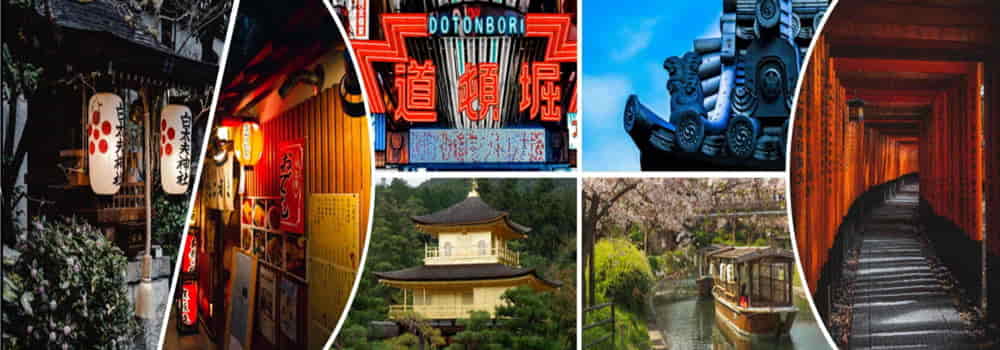
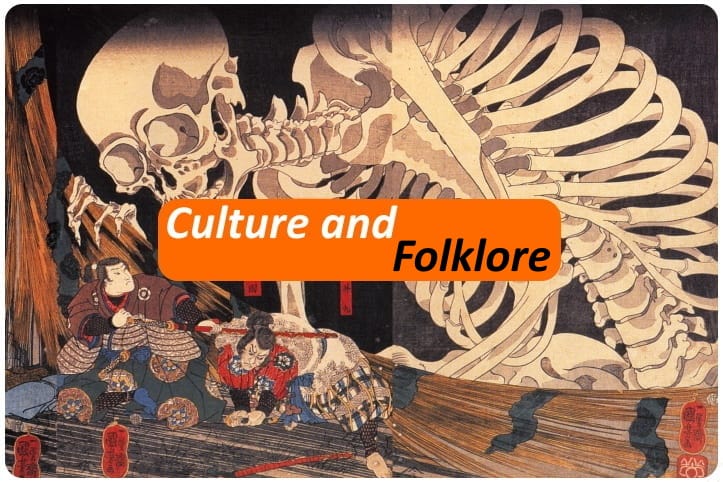





![[Review] Princess Toyotomiプリンセス トヨトミ](https://www.fukainihon.org//cache/mod_jt_contentslider/fdfb524f85518b9476158c79c8ea022f_328.png)

